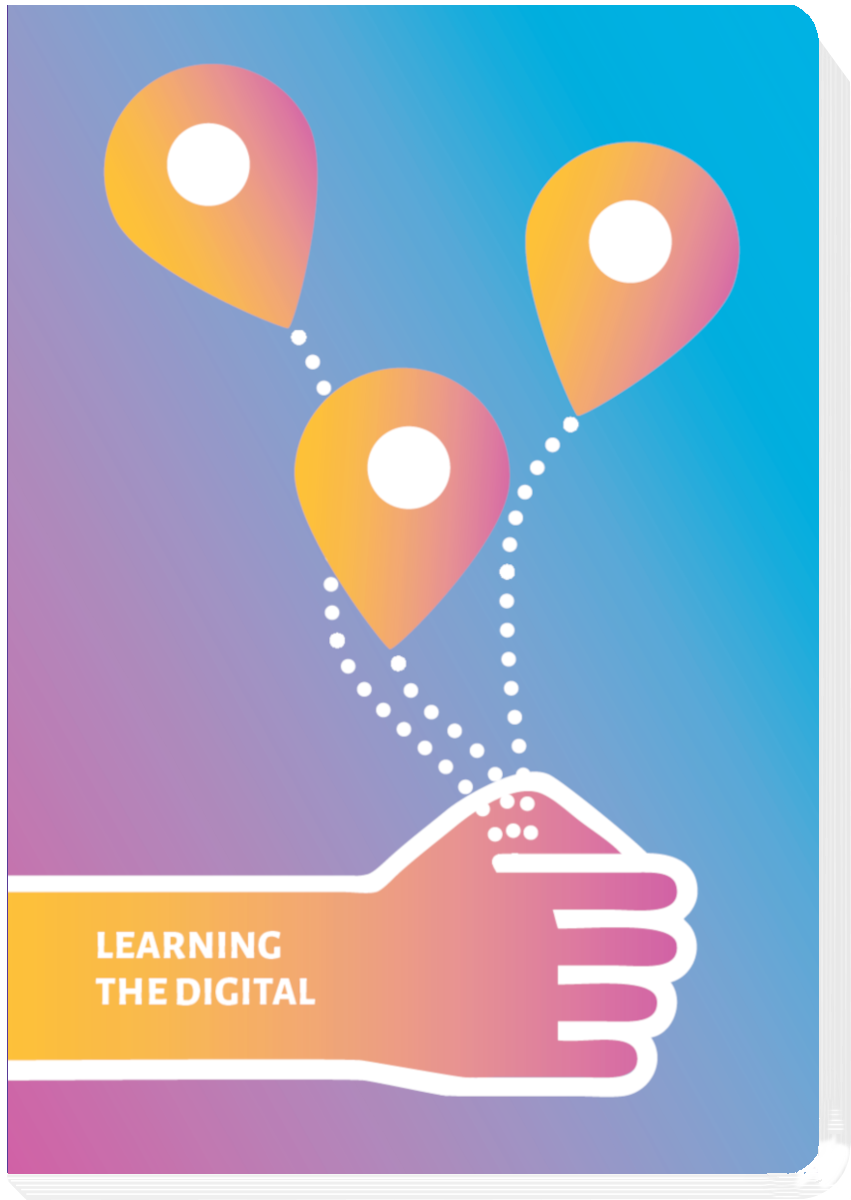Contents
Goals
- Exploring the digital dimensions close to our bodies and everyday life
- Gaining awareness about our digital environment and aspects of control or loss of control
Steps
1. Assign participants to individual reflection or partner interviews.
2. Make an investigation about the digital networks your everyday life is connected to, consciously and unconsciously: explore the technical networks beyond your
- social media,
- smart home,
- work/office,
- mobility,
- interaction with public and private sector (authorities, companies, etc),
- your use and habits,
- and possible consequences of data gained/offered.
3. Draw a mind map – my digital environment.
- More about Mindmap
4. Identify who possibly forms and collects your data, and what kind of data are created and collected.
Reflection
- What did you discover?
- What operating system do your devices use?
- Are these connected to the Internet?
- What company owns them?
- Do your instruments communicate independent from you?
- What data do you intentionally provide via an internet connected digital device?
- Can you influence the data provided?
- What is the potential use and benefit of the data provided?
- Is there a potential harm?
References
- Spiekermann, S. (2010). About the “Idea of Man” in System Design – An enlightened version of the Internet of Things? In Architecting The Internet of Things, edited by D. Uckelmann, M, Harrison, F. Michahelles, Springer Verlag, 2010, p. 25-34. http://ssrn.com/abstract=2046497
- Weiser, M. (1991). The Computer for the 21st Century in: Scientific American 09/1991; 94-104.
Georg Pirker
Person responsible for international relations at the Association of German Educational Organizations (AdB), president of DARE network.
Experience
Have a read of Jill Walker Rettberg’s article on Situated Data Analysis





